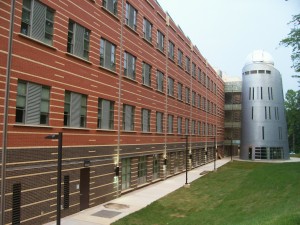
Our meetings on the second Sunday of the Month, The events are normally held evening at 7:00 pm in Research Hall Room 163 on the campus of George Mason University.
Our meetings web page, has directions and additional details.
We look forward to seeing you on Sunday evenings!
The date (near March 21 in the northern hemisphere) when night and day are nearly the same length and Sun crosses the celestial equator (i.e., declination 0) moving northward. In the southern hemisphere, the vernal equinox corresponds to the center of the Sun crossing the celestial equator moving southward and occurs on the date of the northern autumnal equinox. The vernal equinox marks the first day of the season of spring.
If you live south of the equator, this is your Fall Equinox.
http://scienceworld.wolfram.com/astronomy/VernalEquinox.html
Please read the C.M. Crockett Page for park details. Details will be updated for the Messier Marathon too!
Due to the cloudy weather today, the Great Meadow public night is cancelled. 3/26/2017
See front page of NOVAC Site for changes to event.
More information about Great Meadow including directions and parking visit the Great Meadow Site page.
The giant planet will be at its closest approach to Earth and its face will be fully illuminated by the Sun. It will be brighter than any other time of the year and will be visible all night long. A good pair of binoculars should allow you to see Jupiter’s four largest moons, appearing as bright dots on either side of the planet.
Jupiter is sure to delight all who view it, from professional observatories to amateurs with handheld binoculars. Make sure to check out its four Galilean moons and see if you can make out colorful cloud bands or the Great Red Spot.

